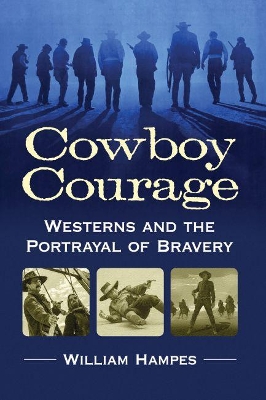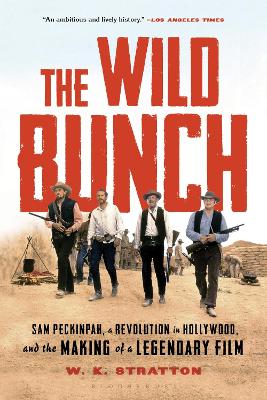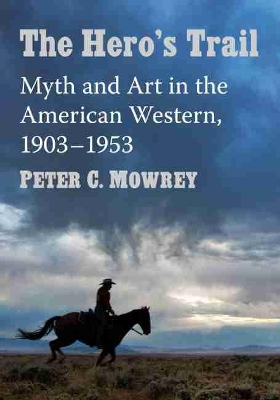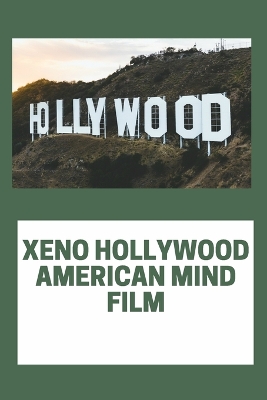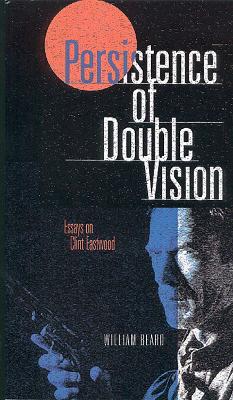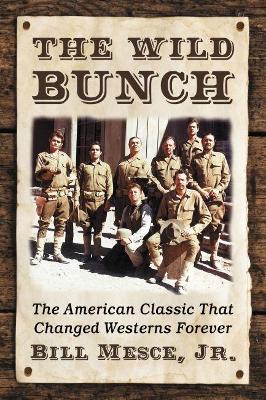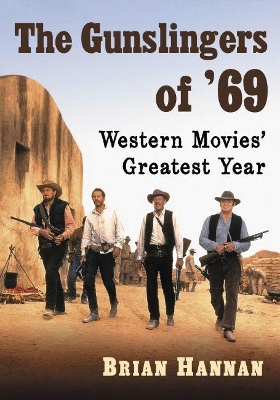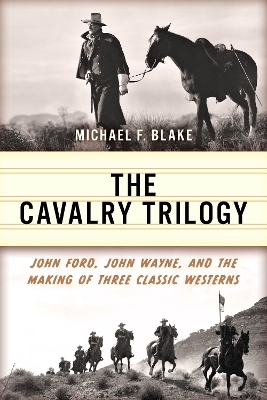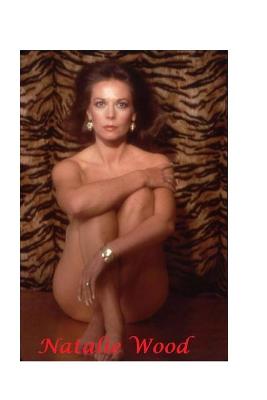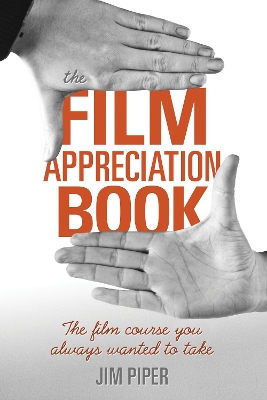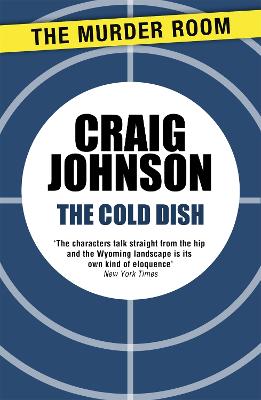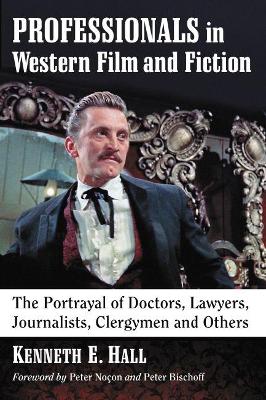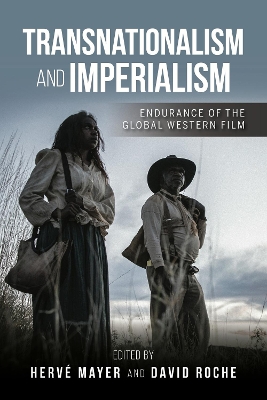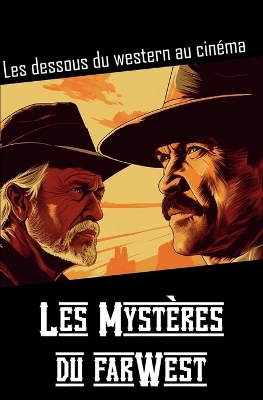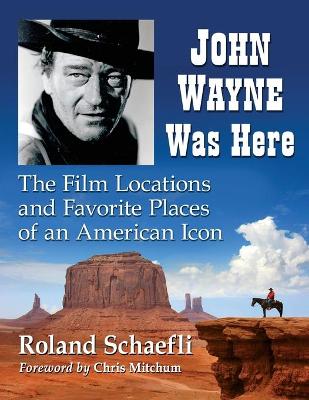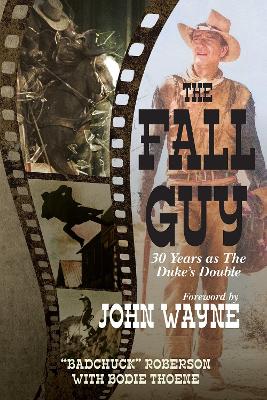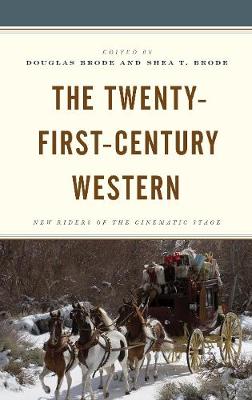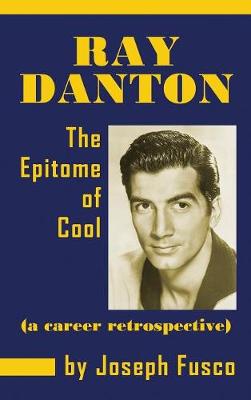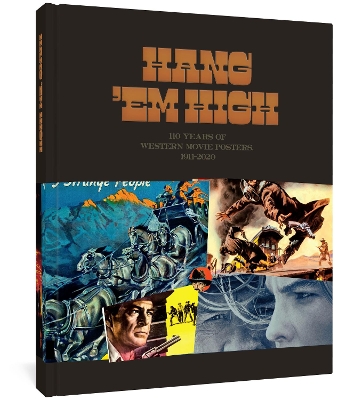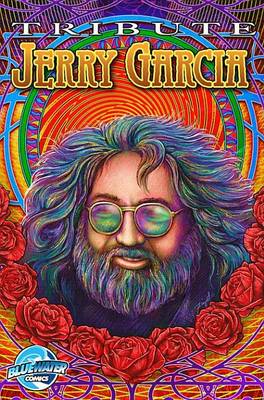Film and television Westerns are most often associated with physical bravery. However, many--especially those produced during the "Golden Age" of Westerns from the late 1940s through the early 1960s--also demonstrate moral bravery (the willingness to do the right thing even when met with others' disapproval) and psychological bravery (the ability to overcome one's fear and inner conflict to bring out the best in oneself and others). Through a close examination of Westerns displaying all t...
The great American Westerns can be profoundly meaningful when read metaphorically. More than mere shoot 'em up entertainment, they are an essential part of a vibrant, evolving national mythology. Like other versions of the archetypal Hero's Journey, these films are filled with insights about life, love, nature, society, ethics, beauty and what it means to be human, and are key to understanding American culture. Part film guide, part historical survey, this book explores the mythic and artistic...
Clint Eastwood represents probably the single strongest icon of heroic masculinity in popular cinema over the past quarter-century. But how odd that, through ironic allusion and gesture, this figure seems continually to deconstruct its own stature. Such problems form the foundation for Bill Beard's examination of Eastwood. Director, producer, and star, Eastwood has become one of the most important figures in American cinema today. This collection of linked essays examines Eastwood's unique posit...
By the time of his death in 1973, John Ford was probably the most celebrated director of Hollywood’s golden age. The winner of four best director Oscars, he was the first filmmaker to be awarded his country’s highest civilian honour, the Medal of Freedom, and the man chosen by the American Film Institute to receive its first life achievement award.In his work, Ford returned regularly to the same themes, employed the same actors and had a visual style that was personal and distinctive. This volum...
Director Sam Peckinpah was just starting out when he made Ride the High Country in 1962. He was a new kind of director: young, brash, and in a hurry to help the Western "grow up" by treating it with adult themes. Ride the High Country was something new and different, a changing Western to match a changing West. Stars Randolph Scott and Joel McRea were old hands at this sort of thing. Ride the High Country gave the two veteran actors one last job to do and a chance to go out with some dignity. R...
One of the most controversial films of its time, The Wild Bunch is the epitome of the no-holds-barred filmmaking of the 1960s and 1970s. Since its 1969 release, it has come to be recognized not only as an iconic Western, but as one of the most important films in the American cinematic canon. Over the years a parade of filmmakers have tried to imitate its gut-punch effects but none have equaled it. The Wild Bunch revived the floundering career of volatile, self-destructive director Sam Peckinpah...
In 1969—the counter-cultural moment when Easy Rider triggered a "youthquake" in audience interests—Westerns proved more dominant than ever at the box office and at the Oscars. It was a year of masterpieces—The Wild Bunch, Butch Cassidy and the Sundance Kid, Once Upon a Time in the West and True Grit. Robert Redford achieved star status. Old stagers like John Wayne, Gregory Peck and Robert Mitchum appeared in two Westerns apiece. Raquel Welch took on the mantle of Queen of the West. Clint Eastwo...
Like other filmmakers in post-WWII Hollywood, John Ford (already a three-time Best Directing Oscar winner), longed for the freedom and independence to make his own films, away from the dictates of studio executives. Then, in 1946, Ford and producer Merian C. Cooper (King Kong) decided to form their own production company, Argosy Productions. But their first venture was a financial flop, burdening the new company with heavy debt. Ford turned to the Western genre to help his flagging company, ada...
This is a book for cinephiles, pure and simple. Author and filmmaker, Jim Piper, shares his vast knowledge of film and analyzes the most striking components of the best movies ever made. From directing to cinematography, from editing and music to symbolism and plot development, The Film Appreciation Book covers hundreds of the greatest works in cinema, combining history, technical knowledge, and the art of enjoyment to explain why some movies have become the most treasured and entertaining works...
'The characters talk straight from the hip and the Wyoming landscape is its own kind of eloquence' New York TimesAfter 25 years as Sheriff of Absaroka County, Walt Longmire's hopes of ending his tenure in peace are dashed when Cody Pritchard is found dead near the Northern Cheyenne Reservation. Two years earlier, Cody was one of four high school boys given suspended sentences for raping a local Cheyenne girl. Somebody, it would seem, is seeking vengeance, and Longmire might be the only thing sta...
In American Westerns, the main characters are most often gunfighters, lawmen, ranchers and dancehall girls. Civil professionals such as doctors, engineers and journalists have been given far less representation, appearing as background characters in most films and fiction. However, in Westerns about the 1910 Mexican Revolution, civil professionals also feature prominently in the narrative, often as members of the intelligentsia-an important force in Mexican politics. This book compares the roles...
Transnationalism and Imperialism (New Directions in National Cinemas)
by Herve Mayer and David Roche
While Western films can be seen as a mode of American exceptionalism, they have also become a global genre. Around the world, Westerns exemplify colonial cinema, driven by the exploration of racial and gender hierarchies and the progress and violence shaped by imperialism. Transnationalism and Imperialism: Endurance of the Global Western Film traces the Western from the silent era to present day as the genre has circulated the world. Contributors examine the reception and production of American...
John Wayne worked on film sets around the globe. This book follows the trail, from his beginnings on the Fox backlot to his final filming in Lone Pine, California. Locations in Mexico, Normandy, Rome, Madrid, London, Ireland, Libya and Africa are covered, along with his favorite vacation spots in Hawaii, Acapulco, Greece, Monaco, and the Hollywood hot-spots he frequented. Anecdotes revisit his most famous scenes, including Rooster Cogburn's charge in True Grit (1969) and Davy Crockett's last...
Focusing on twenty-first century Western films, including all major releases since the turn of the century, the essays in this volume cover a broad range of aesthetic and thematic aspects explored in these films, including gender and race. As diverse contributors focus on the individual subgenres of the traditional Western (the gunfighter, the Cavalry vs. Native American conflict, the role of women in Westerns, etc.), they share an understanding of the twenty-first century Western may be underst...
Western films have often been tributes to place and setting, with the magnificent backdrops mirroring the wildness of the narratives. As the splendid outdoor scenery of Westerns could not be found on a studio back lot or on a Hollywood sound stage, the movies have been filmed in the wide open spaces of the American West and beyond. This book chronicles the history of filming Westerns on location, from shooting on the East Coast in the early 1900s; through the use of locations in Utah, Arizona,...
